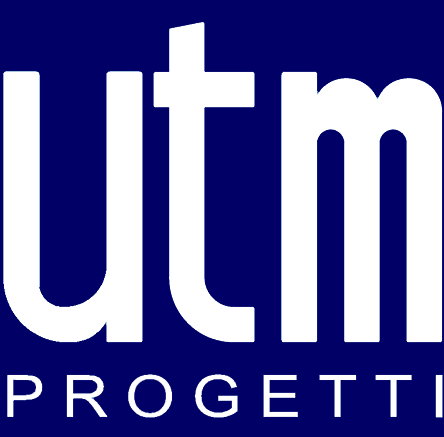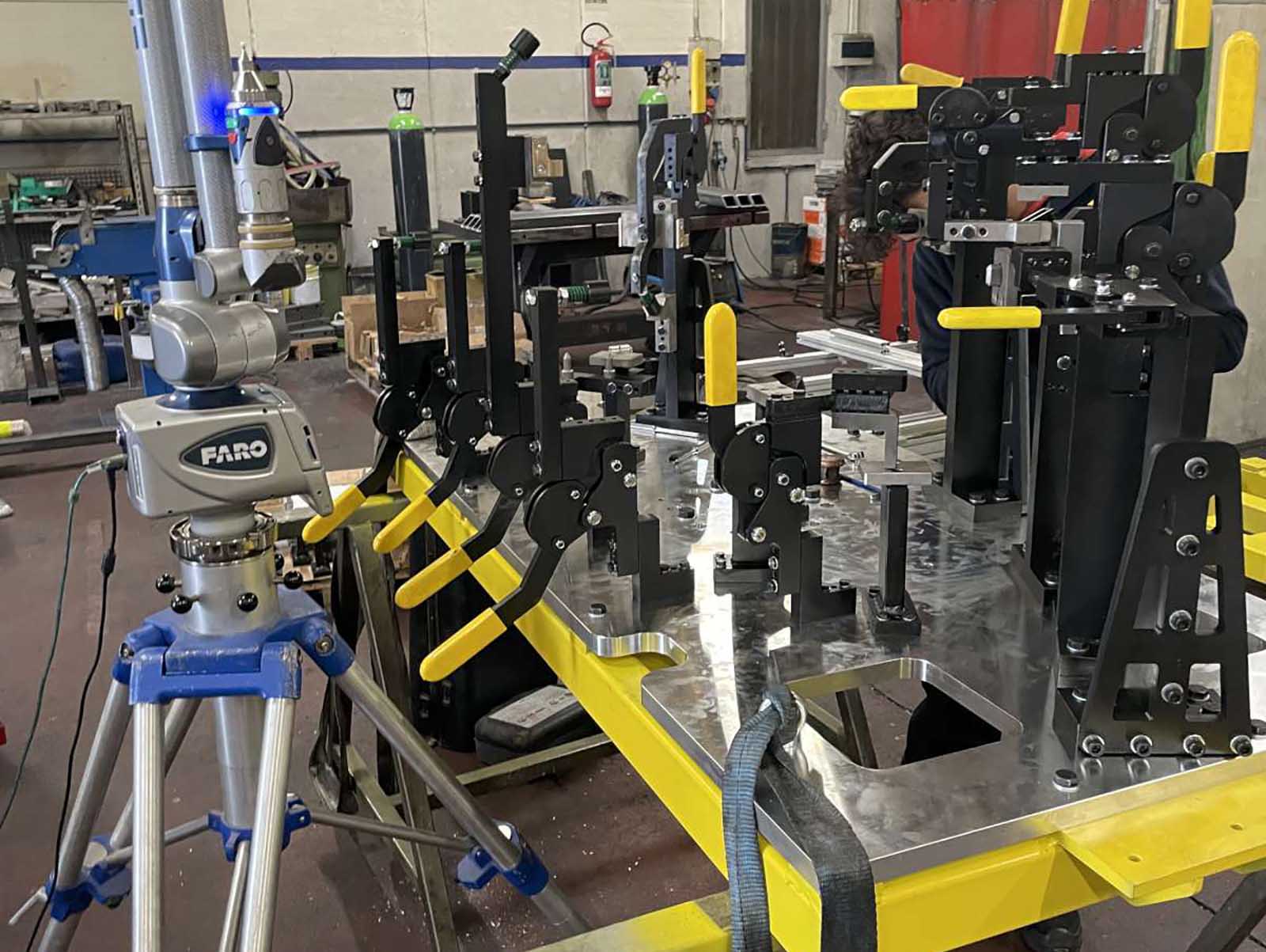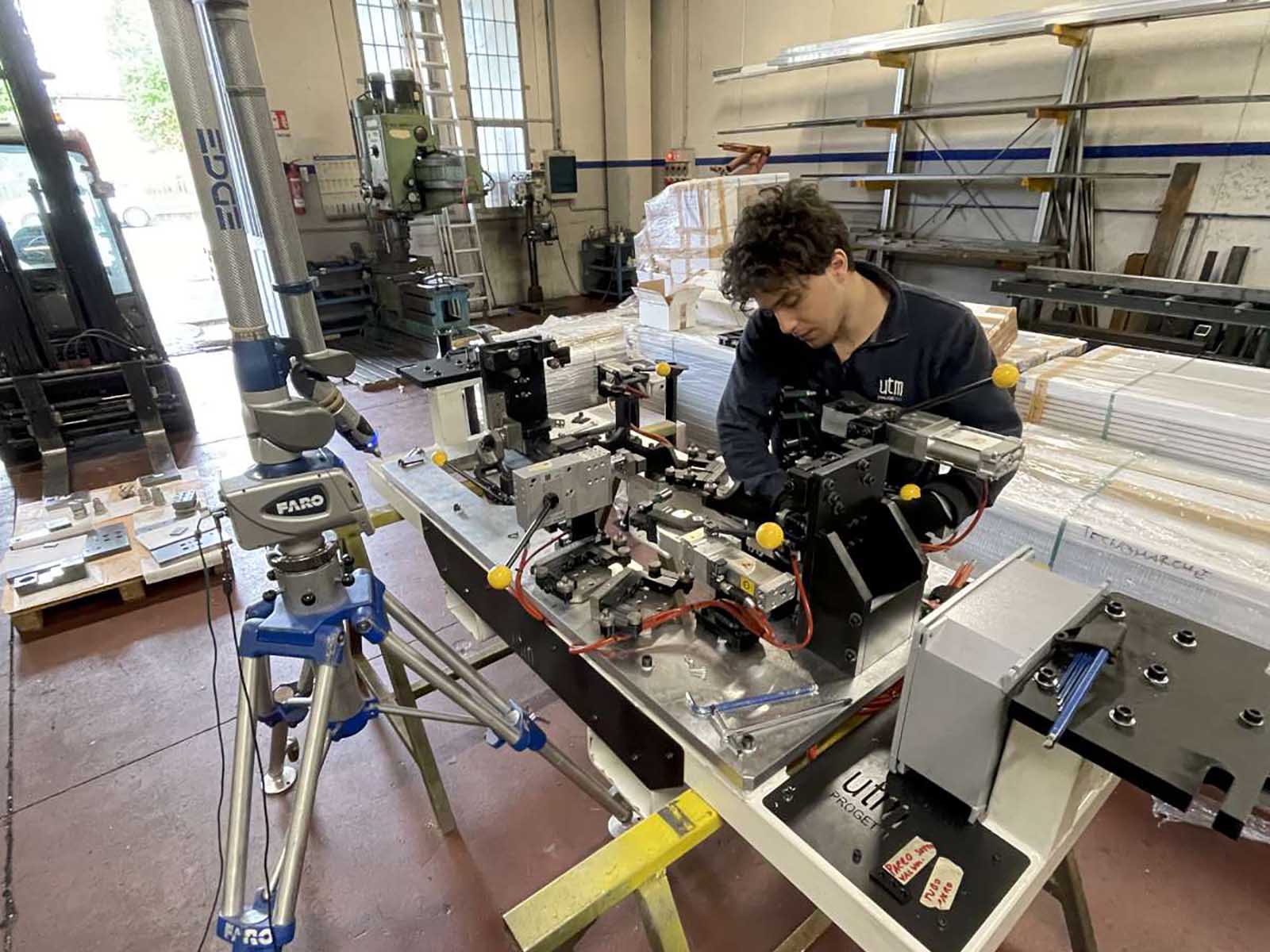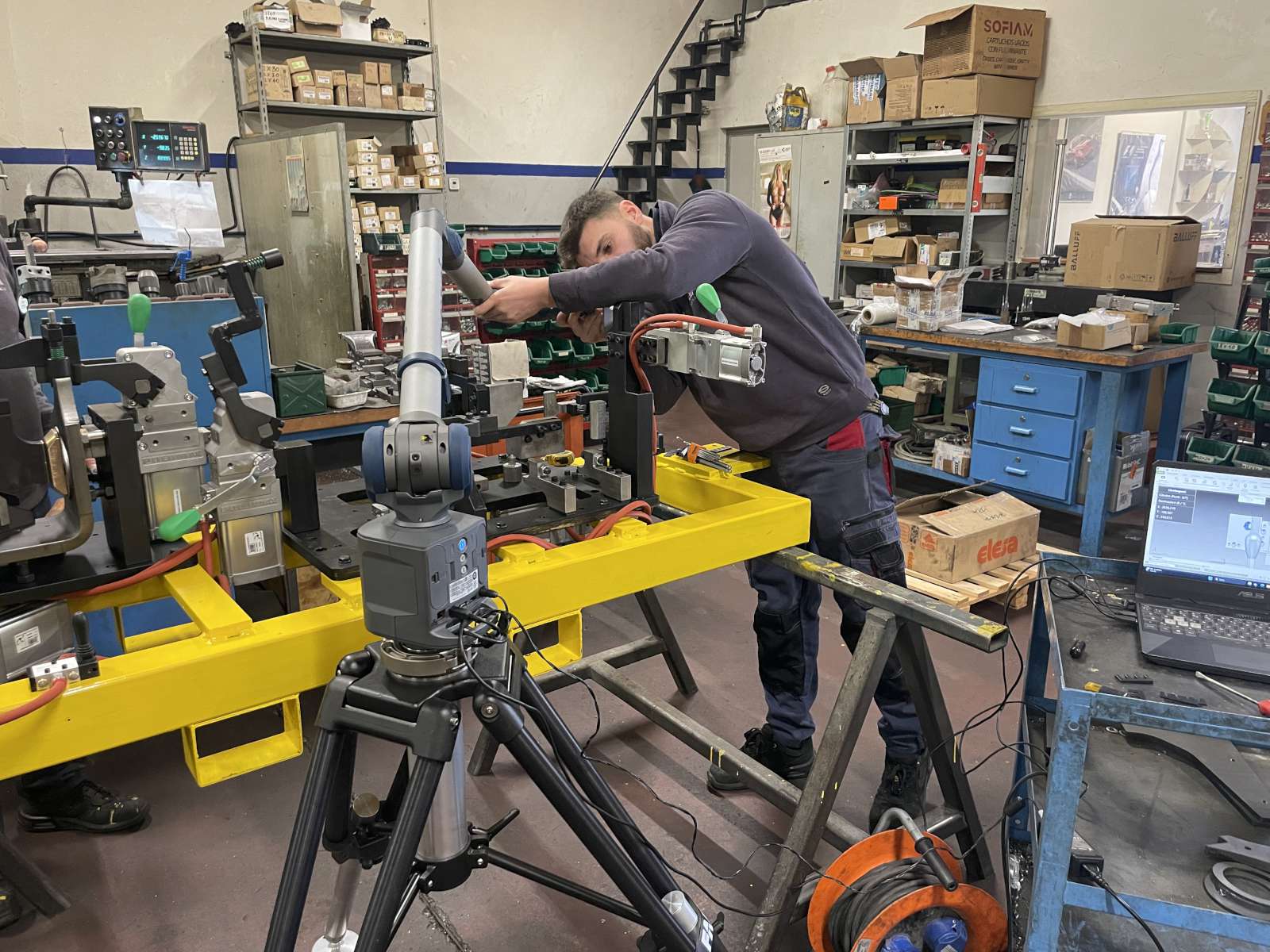DIMENSIONAL TESTING
Dimensional testing with a probe for equipment is a verification process that uses a probe (or measuring sensor) to precisely check the dimensions and tolerances of a component or piece of equipment.
This method is widely used in the manufacturing and mechanical industries to ensure that parts comply with design specifications and meet quality requirements.
PHASES OF DIMENSIONAL TESTING WITH A PROBE
- Equipment Preparation
– The component to be measured is secured on a coordinate measuring machine (CMM) or another inspection device equipped with a probe.
– The appropriate probe is selected based on the shape and material of the part. - Programming and Measurement Setup
– The control points are defined according to the technical drawing of the component.
– Reference coordinates and tolerance limits are set.
– If necessary, an automated measurement program is created to ensure repeatability and minimize human error. - Measurement Execution
– The probe makes contact with the component at predefined points, recording the three-dimensional coordinates.
– The collected data is compared with nominal dimensions to detect any deviations.
– Depending on the machine used, the process can be conducted in contact mode (the probe touches the surface) or non-contact mode (using laser or optical scanning) - Result Analysis
– The measured data is processed by metrology software, which calculates any differences from the specified tolerances.
– A test report is generated, indicating whether the component meets specifications or requires adjustments. - Validation and Release
– If the component meets the required standards, it is approved for production or assembly.
– If dimensional defects are detected, corrective actions are evaluated, or non-compliant components are discarded.
ADVANTAGES
- High measurement accuracy
- Repeatability and reliability in quality control
- Possibility of automating the process
- Rapid identification of potential defects
APPLICATIONS
- Inspection of production equipment (molds, jigs, fixtures)
- Verification of complex mechanical components
- Measurement of parts with tight tolerances
- Quality control in aerospace, automotive, and medical sectors




